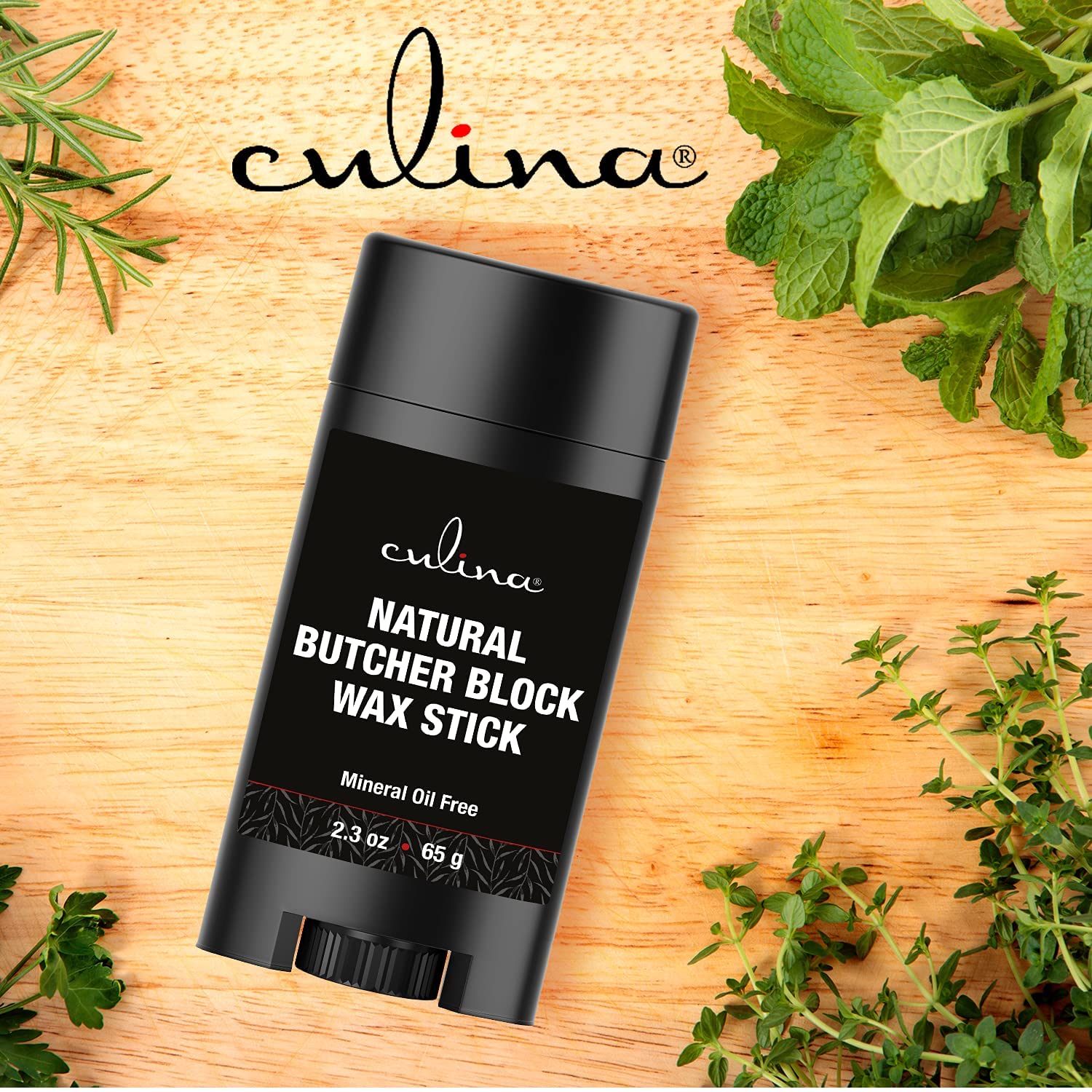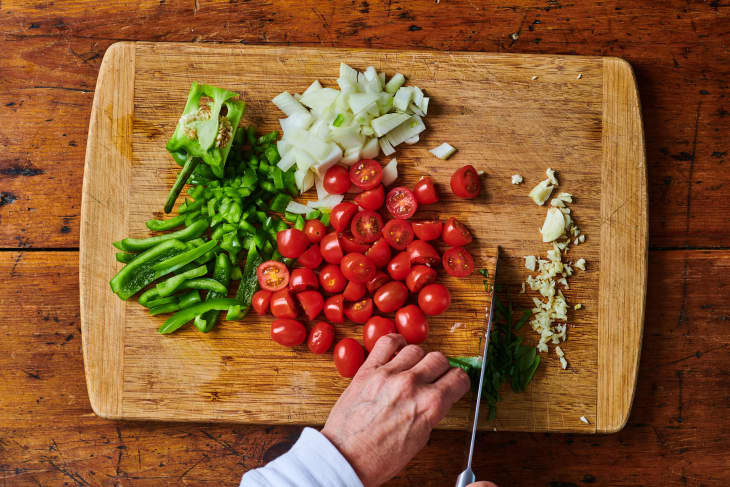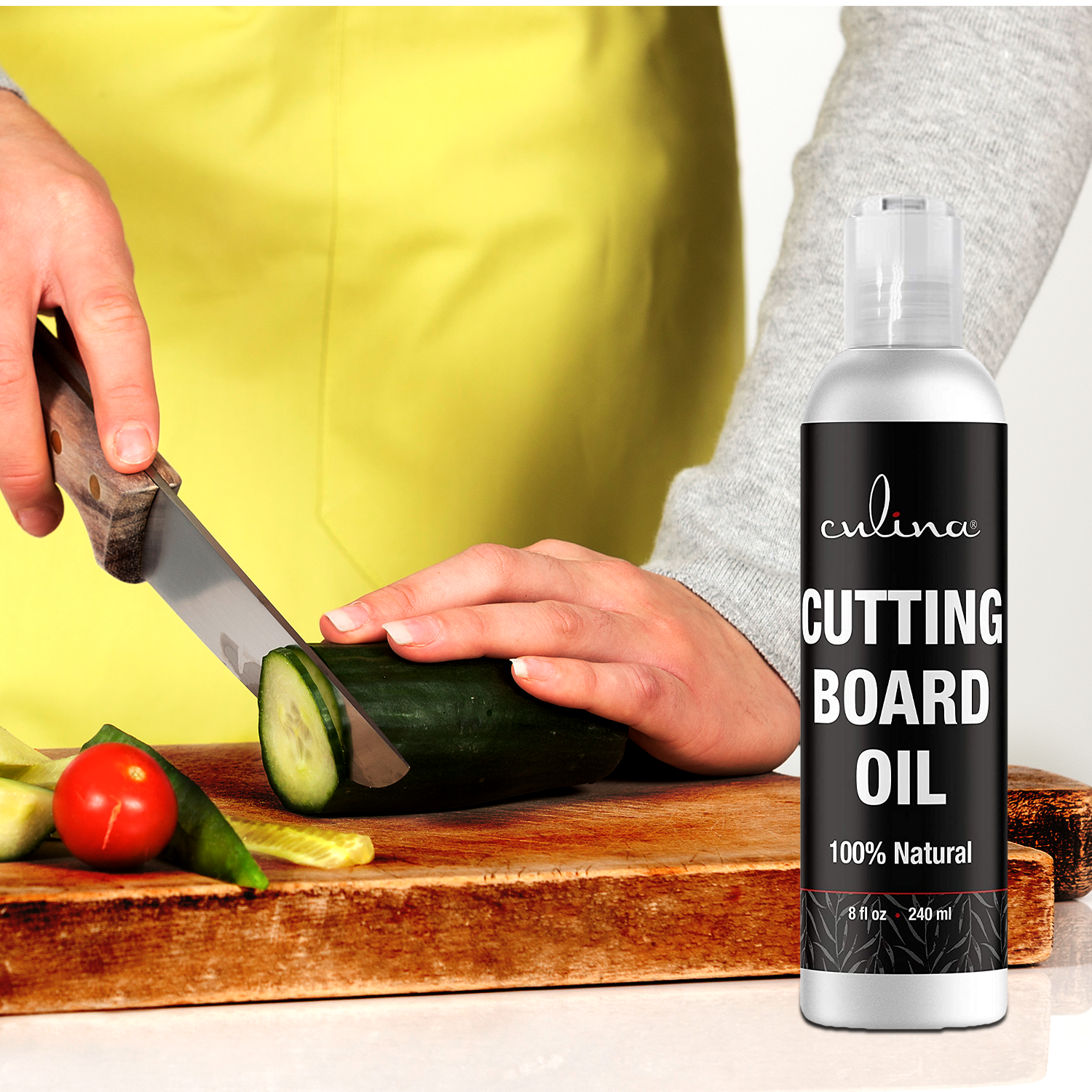Ensuring the cleanliness and sanitation of your knife and cutting board is paramount for maintaining a hygienic kitchen. As kitchen professionals, it is crucial that these tools are cleaned and sanitized regularly to prevent cross-contamination and ensure food safety. In this blog post, we’ll delve into the importance of these practices and provide a comprehensive guide on when and how to clean and sanitize your knife and cutting board.

Why is Cleaning and Sanitizing Important?
Cleaning and sanitizing are essential tasks in the kitchen since they help remove dirt, bacteria, and other harmful microorganisms that can cause foodborne illnesses. Neglecting these practices can lead to contamination, which may result in serious health issues for you and your loved ones.

Understanding the Difference: Cleaning vs. Sanitizing
While both cleaning and sanitizing are crucial, they serve different purposes. Cleaning refers to removing visible dirt, debris, and food particles from the surfaces of your knife and cutting board. On the other hand, sanitizing involves using chemical solutions or heat to kill bacteria and other microorganisms that might be present on these surfaces after cleaning.
How Often Should You Clean Your Knife?
Depending on the type of food you are preparing, you should clean your knife frequently. Below are some specific instances when you must clean your knife:
- After cutting raw meat, poultry, or fish
- Before switching between different types of foods (e.g., vegetables to meats)
- At the end of each cooking session
Learn more about proper knife care from the experts at knife care.
How Often Should You Clean Your Cutting Board?
Similar to knives, cutting boards should also be cleaned frequently. Here are some specific instances when you must clean your cutting board:
- Immediately after cutting raw meat, poultry, or fish
- After each use when preparing ready-to-eat foods like salads
- At the end of each day
Are you curious about cleaning methods? Check out this helpful guide on cutting board cleaning.

Detailed Steps for Cleaning and Sanitizing
Cleaning Your Knife
Following these simple steps can ensure your knife is sanitized and ready for use:
- Use hot, soapy water to clean the blade and handle.
- Rinse thoroughly under running water.
- Dry the knife with a clean cloth or paper towel.
- For additional sanitation, wipe with a solution of one tablespoon of unscented, liquid chlorine bleach in one gallon of water.
Cleaning Your Cutting Board
To keep your cutting board germ-free, follow these steps:
- Scrape off any remaining food particles.
- Wash with hot, soapy water, and rinse thoroughly.
- Sanitize with a minimum 1:2 ratio of water to vinegar solution.
- Allow the cutting board to air dry completely.
Important Considerations for Different Materials
Different materials require varying levels of care. Here are some tips for specific types of cutting boards and knives:
- Wooden Cutting Boards: Avoid soaking as wood can warp; instead, clean immediately and dry thoroughly.
- Plastic Cutting Boards: These are typically dishwasher safe, which makes them easier to sanitize.
- Stainless Steel Knives: These knives are relatively low maintenance and can handle harsher cleaning methods.
- High Carbon Steel Knives: These require meticulous drying to prevent rusting.
Best Practices for Maintaining Your Knife and Cutting Board
Regular Inspection
Regularly inspect your knife for any signs of wear, such as dullness, and your cutting board for grooves that could harbor bacteria. Replace both as needed to maintain optimal kitchen hygiene.
Storage Tips
Proper storage of your knife and cutting board can also help maintain their cleanliness:
- Store knives in a designated knife block or magnetic strip to prevent damage and contamination.
- Keep cutting boards upright and well-ventilated to avoid moisture build-up and mold.
Do you need more tips? Visit this article on making a live-edge cutting board to enhance your kitchen arsenal.
FAQs
What should I avoid using on my knife and cutting board?
Avoid using harsh abrasive cleaners or steel wool on your knife and cutting board as these can damage their surfaces.
Can I use the same cutting board for raw and cooked foods?
No, it is best to use separate cutting boards for raw meat and ready-to-eat foods to prevent cross-contamination.
How do I know if my cutting board is beyond cleaning?
If your cutting board exhibits deep grooves or cracks that are difficult to clean, it is time for a replacement to ensure proper hygiene.
Interested in further reading? Visit Cutting Board Safety for more insights on maintaining kitchen hygiene.
As an Amazon Associate, I earn from qualifying purchases.


